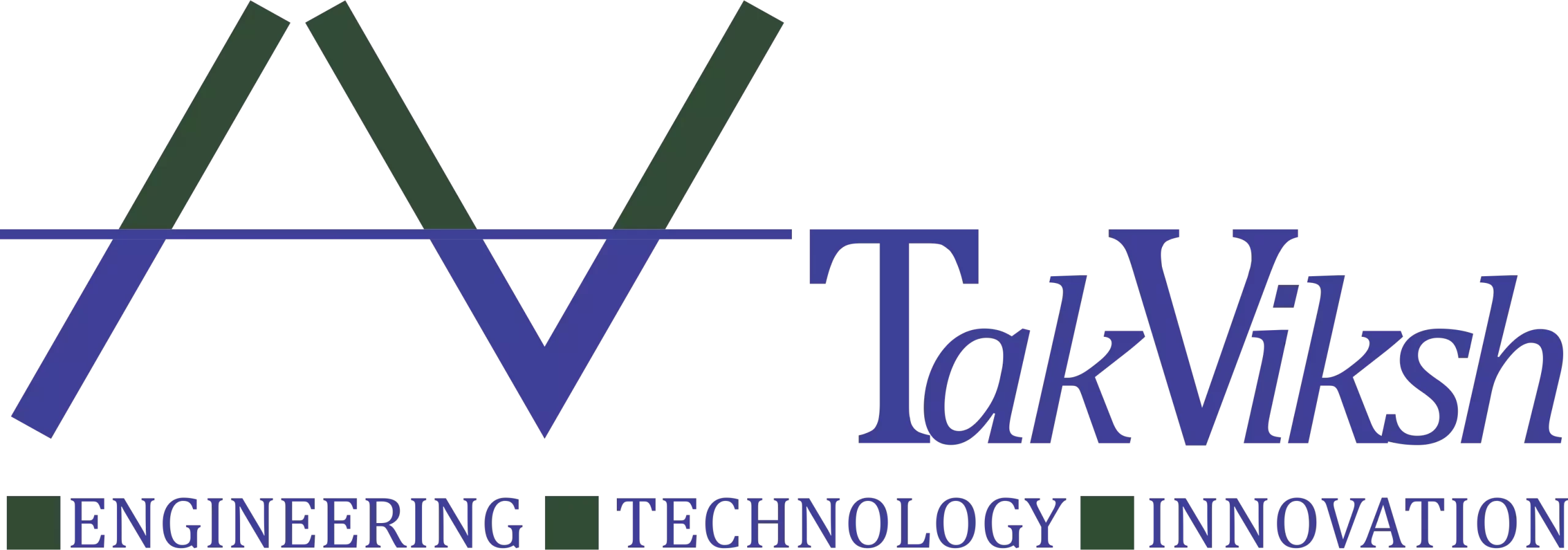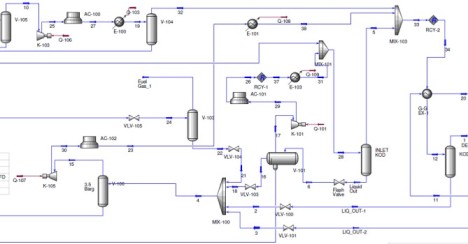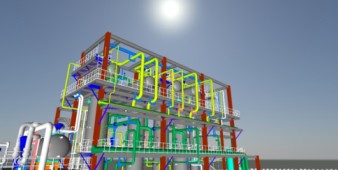Project Cost Estimation & Tenders Services


In complex industrial projects—like refineries, petrochemical plants, and chemical process facilities—precise estimation and structured tendering are non-negotiable. These processes ensure technical feasibility, financial viability, and contractual clarity right from the early stages. Let’s explore the key activities that shape this critical phase:
🔍 1. Multi-Disciplinary Preliminary Engineering
Project teams initiate coordination across all disciplines—process, piping, civil, mechanical, electrical, and instrumentation—to define scope, estimate quantities, and outline technical requirements. This cross-functional approach creates a reliable foundation for cost forecasting.
📋 2. Bill of Materials (BoM)
Each engineering discipline develops a detailed list of equipment, bulk materials, and systems. This BoM captures both major and minor items needed during procurement and construction, ensuring no component is overlooked.
💰 3. Schedule of Rates (SOR)
Instead of relying on assumptions, estimators use predefined schedules of rates based on past projects, market intelligence, and government norms. These SORs provide unit pricing for activities like excavation, installation, fabrication, and commissioning.
📦 4. Vendor Offer Collection
To capture real-world pricing and lead times, procurement teams issue RFQs to qualified vendors. They evaluate technical compliance and commercial terms, which adds practical accuracy to the budget.
⚖️ 5. Rate Analysis
Estimators break down unit costs into materials, labour, tools & tackles, and overheads. This process ensures transparency and prevents cost escalation during execution.
📊 6. Cost Analysis & Comparison
The team performs a comparative study of multiple vendor offers and internal estimates. They evaluate hidden costs, exclusions, and delivery schedules to make informed sourcing decisions.
💼 7. Overall Project Costing
Next, estimators consolidate all costs—including engineering, procurement, construction, commissioning, contingency, and project overheads—into a single capital cost summary. This enables realistic budgeting and investment planning.
📑 8. Technical Specifications
Engineering teams draft detailed specifications that define material grades, design codes (like ASME/API), performance criteria, and testing standards. This ensures that all bids are aligned with project needs.
🧾 9. Execution Tender Preparation
Finally, the tender package comes together. It includes the Invitation to Bid (ITB), Scope of Work (SoW), SOR, technical specs, T&Cs, and interface documents. The tender format—item rate, EPC, or LSTK—is chosen based on project complexity.
✅ Why This Matters
When executed thoroughly, estimation and tendering streamline execution, reduce claims and rework, and establish strong contractor alignment. In short, they form the bedrock of project success.
Frequently Asked Questions(FAQ)










